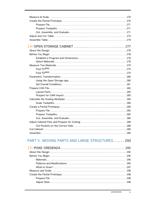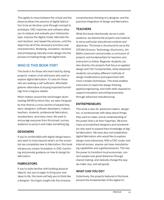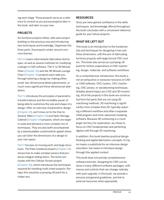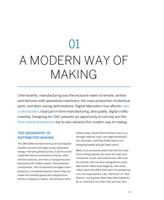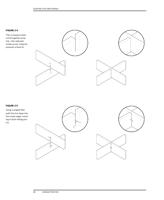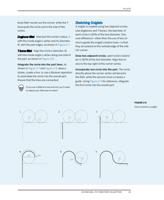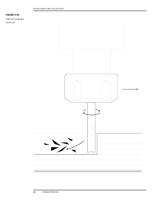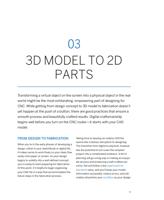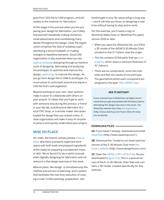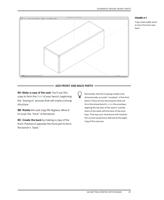
01
A MODERN WAY OF
MAKING
Until recently, manufacturing was the exclusive realm of remote, central-
ized factories with specialized machinery, the mass production of identical
parts, and labor-saving optimizations. Digital fabrication now affords mass
customization, local just-in-time manufacturing, and quality, digital crafts-
manship. Designing for CNC presents an opportunity to not only join the
third industrial revolution but to also advance this modern way of making.
THE GEOGRAPHY OF
DISTRIBUTED MAKING
The affordable furniture we buy at local big box
retailers has been through a long, redundant,
energy-intensive global journey. It starts as raw
materials that are extracted in diverse, often
remote locations, and then is transported and
processed into timber, plastic, and hardware
components. The components are again trans-
ported to a centralized factory, where they are
made into finished goods and shipped from
factory to logistics centers, sometimes a hemi-
sphere away. Goods then find their way to us
through national, local, and regional distribu-
tion channels, until they finally land in our
shopping basket and get taken home.
Most of us are keenly aware that the low retail
price of these goods can come at a high envi-
ronmental, social, and cultural cost. We’re all
too familiar with furniture designed for exten-
ded transit rather than longevity, and rarely
reflect upon the effort that went into producing
it in a far away factory. Like “fast food” or “fast
fashion,” such goods often have little authentic-
ity or meaning to us when they are new, and
29













